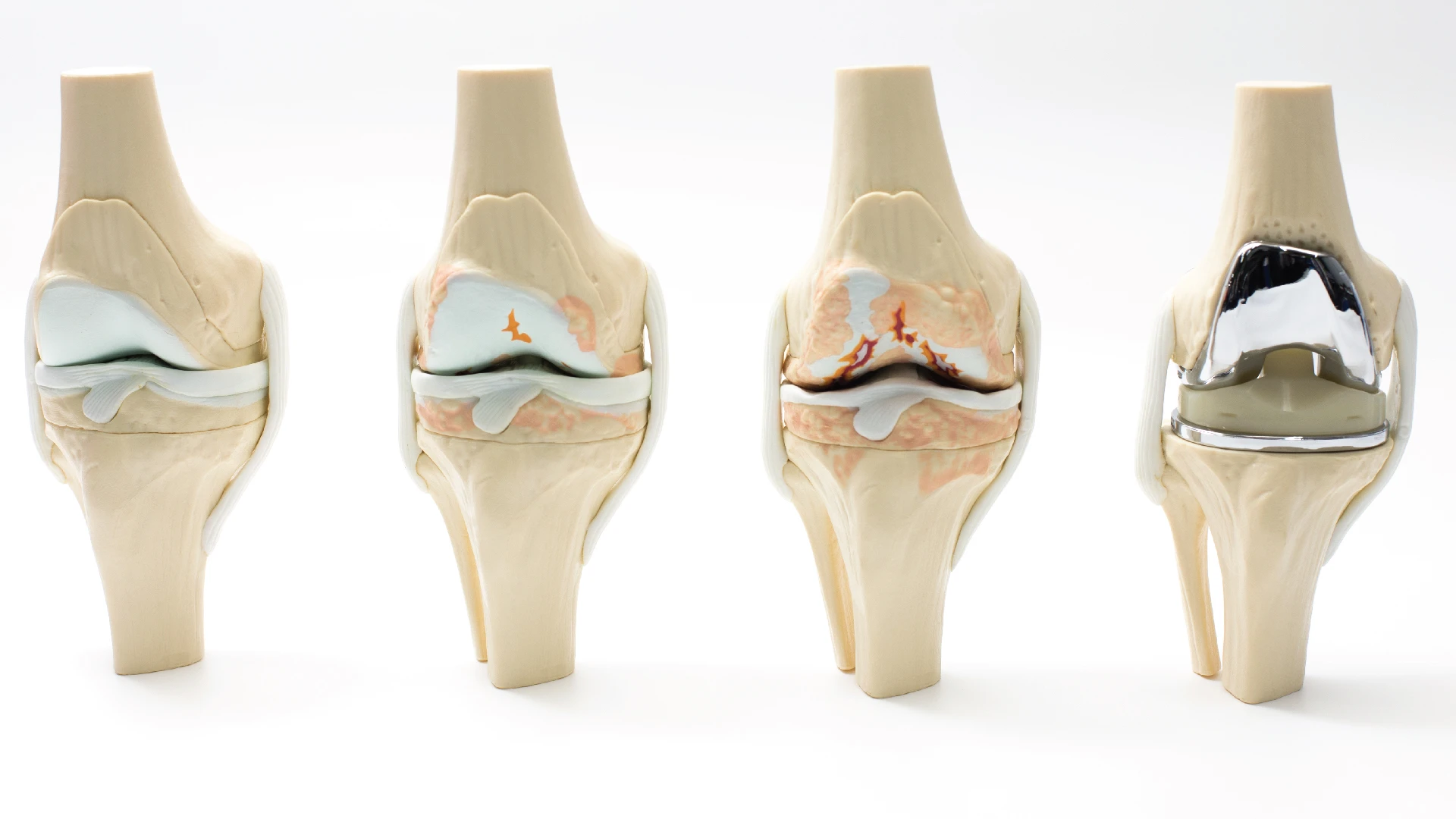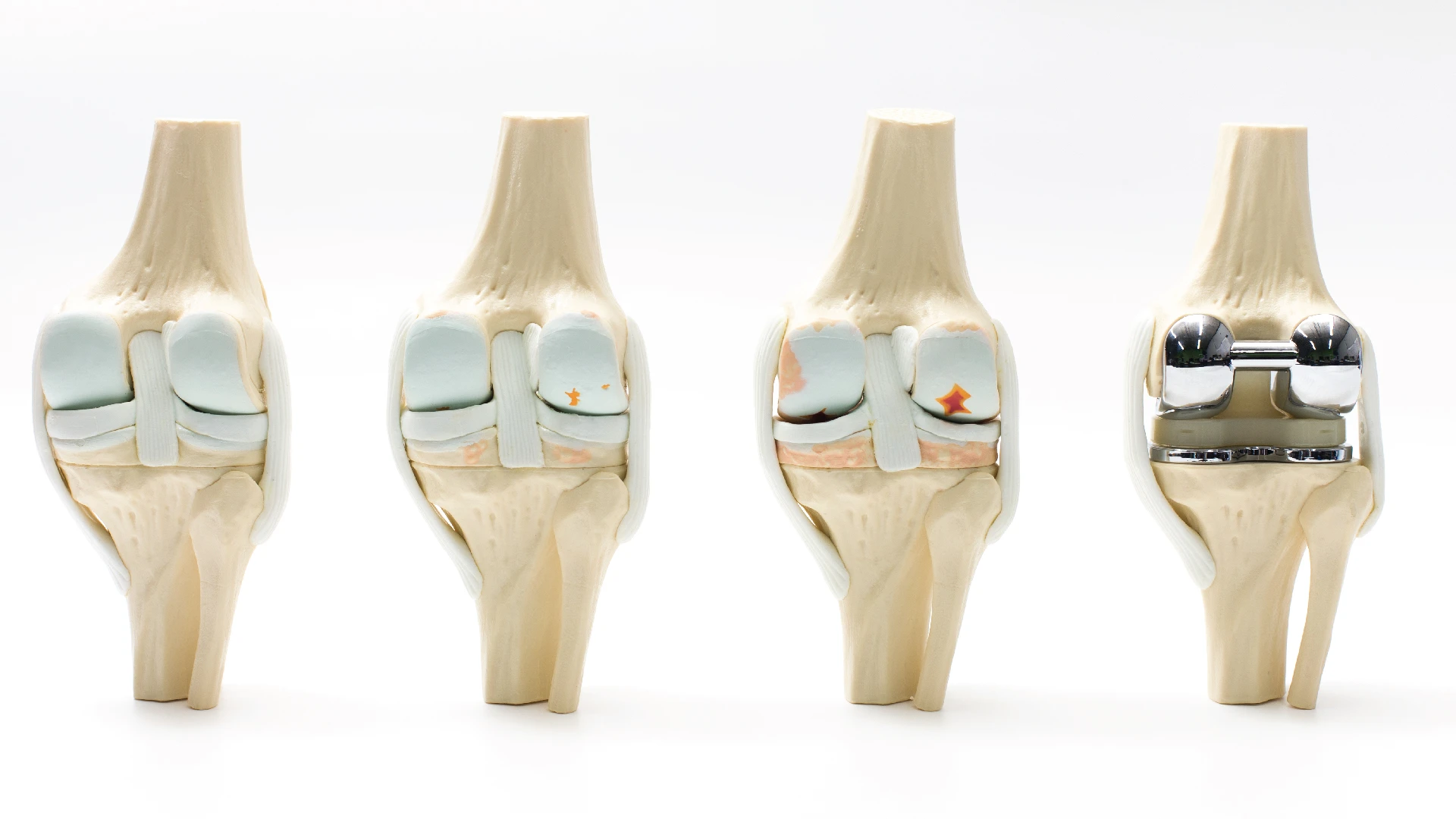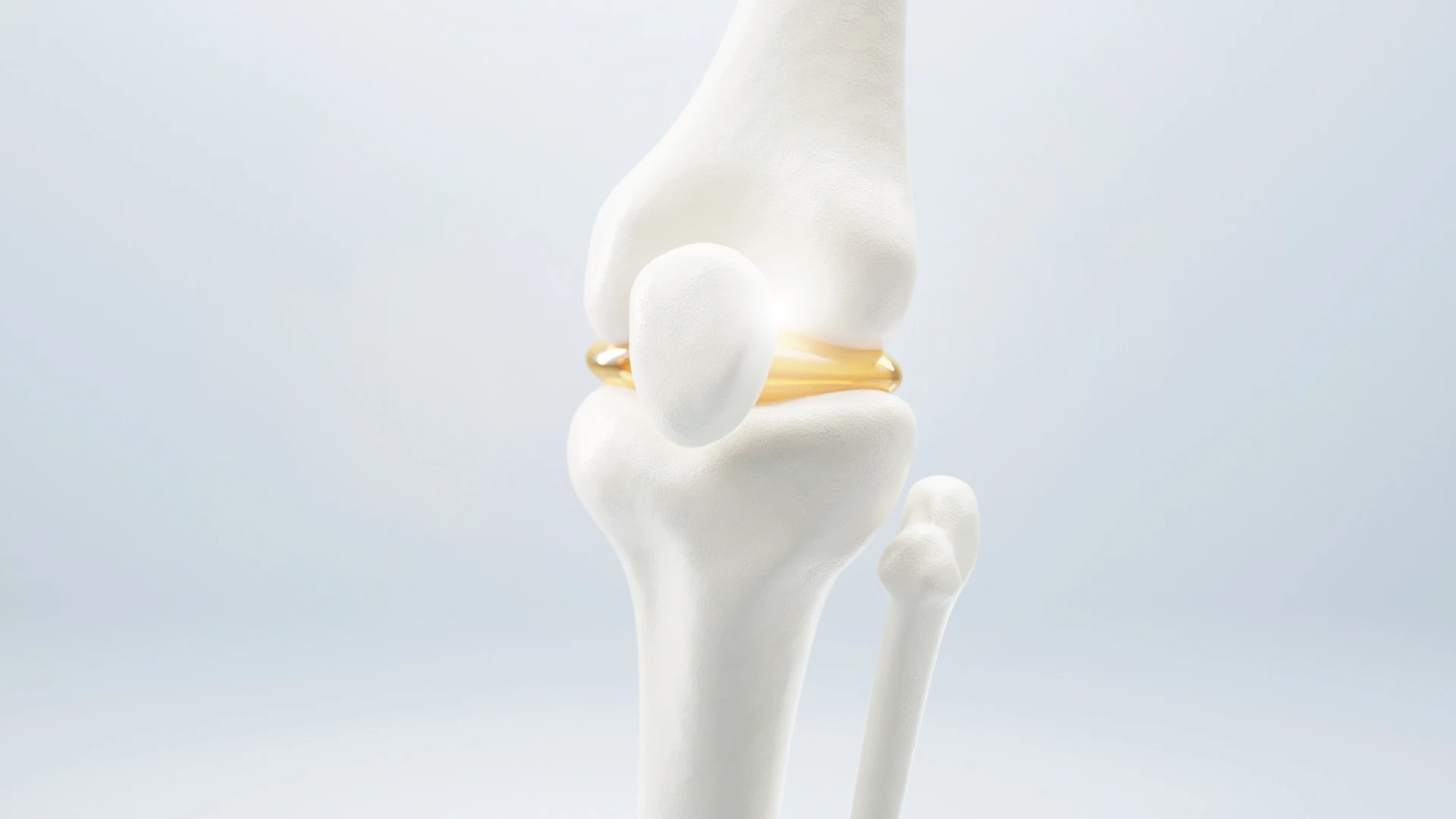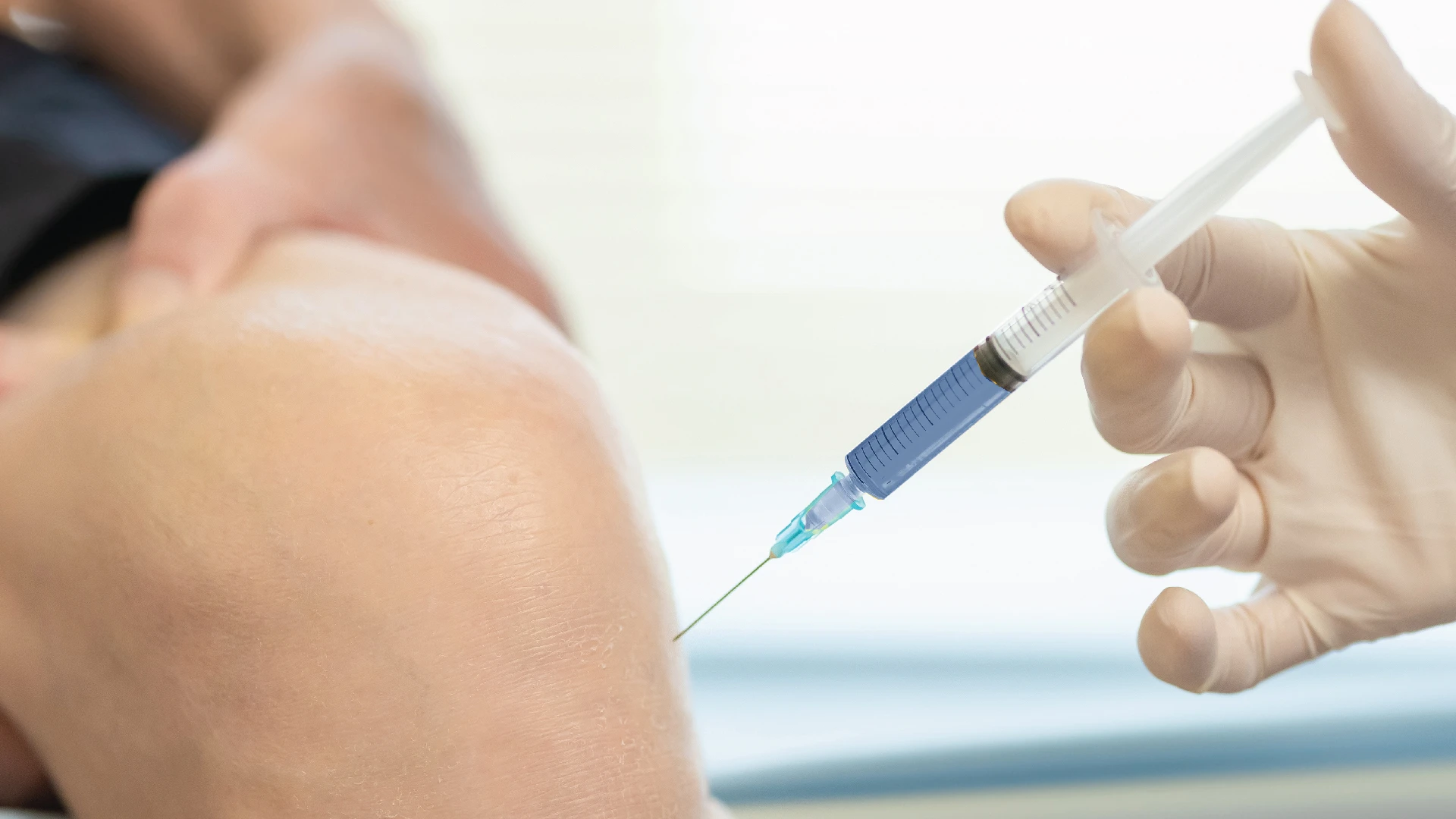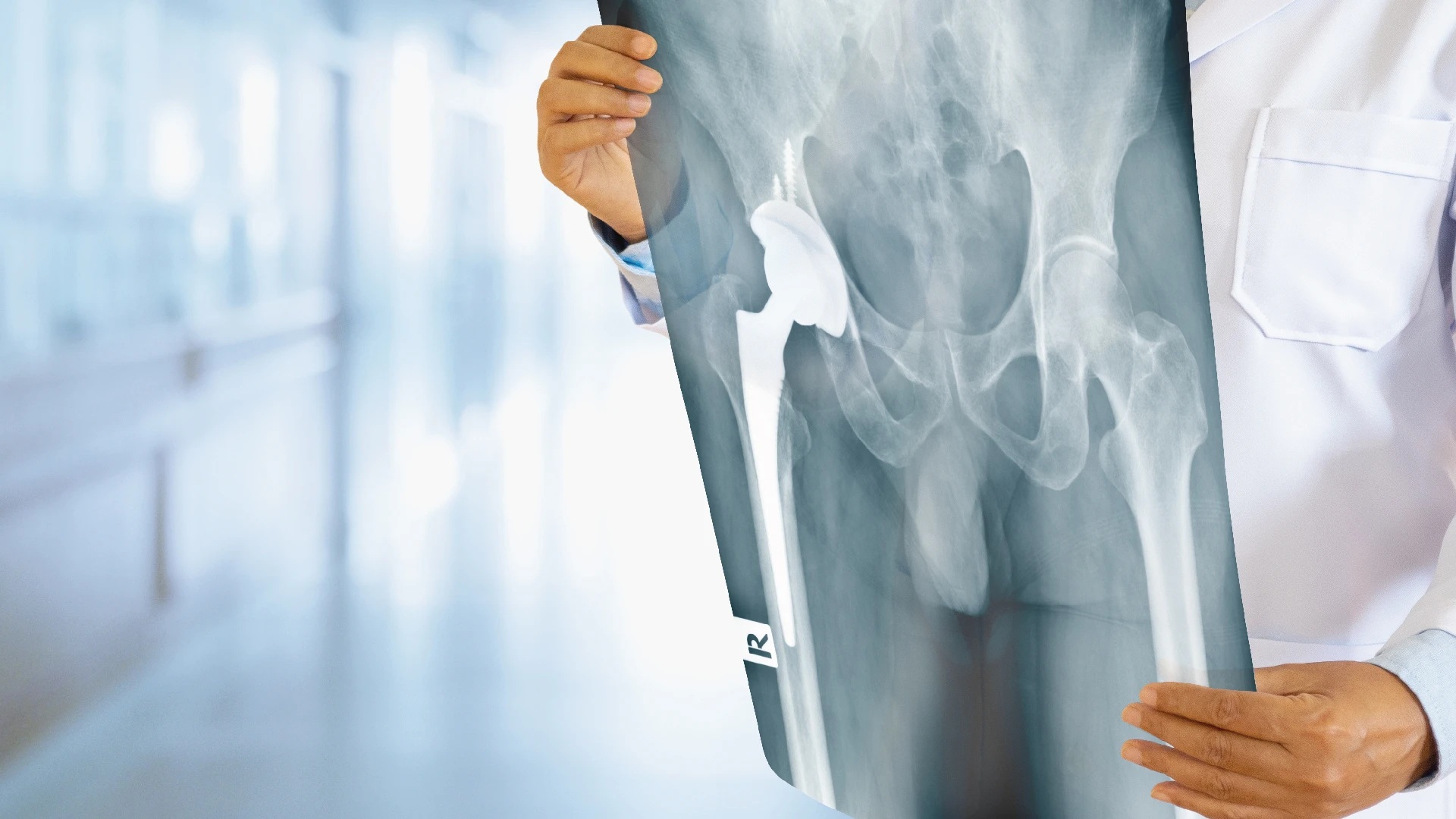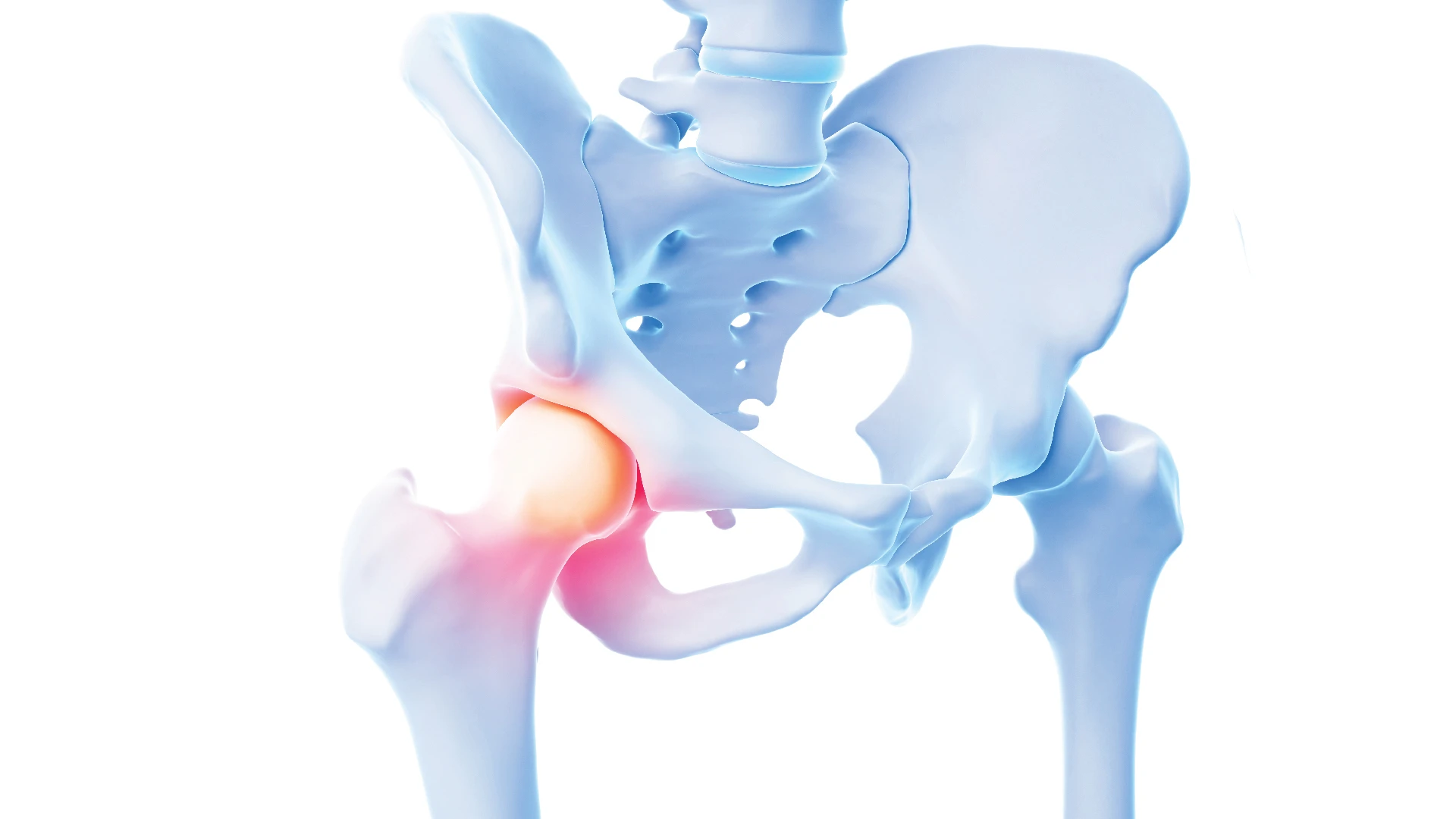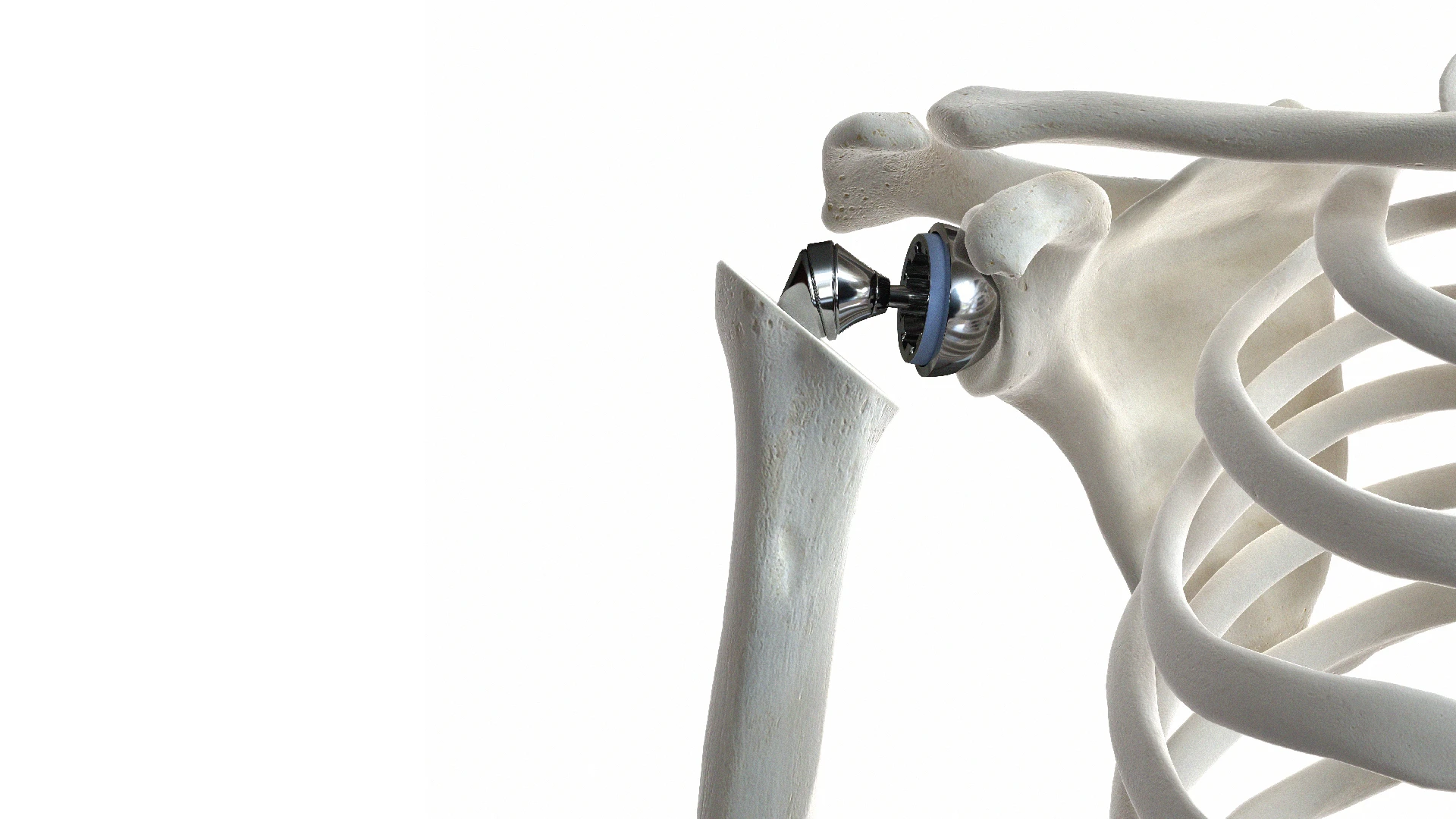ปวดทุกครั้งที่ขยับ เจ็บร้าวถึงกระดูก "ข้อเข่าเสื่อมรุนแรง" ที่ต้องผ่าตัดเปลี่ยนเข่า


ผ่าตัดเปลี่ยนข้อเข่าเทียม อาจเป็นคำที่หลายคนไม่อยากได้ยิน แต่ถ้าคุณเริ่มรู้สึกว่าแค่จะลุกจากเก้าอี้ ก้าวเดินไม่กี่ก้าว ก็ต้องหยุดเพราะเจ็บปวดเข่า หรือ ทุกครั้งที่เคลื่อนไหว จะได้ยินเสียง "กรอบแกรบ" ดังมาจากในข้อเข่า พร้อมกับความเจ็บที่ร้าวลึกจนแทบเดินไม่ได้
ผ่าตัดเปลี่ยนข้อเข่าเทียม อาจเป็นคำที่หลายคนไม่อยากได้ยิน แต่ถ้าคุณเริ่มรู้สึกว่าแค่จะลุกจากเก้าอี้ ก้าวเดินไม่กี่ก้าว ก็ต้องหยุดเพราะเจ็บปวดเข่า หรือ ทุกครั้งที่เคลื่อนไหว จะได้ยินเสียง "กรอบแกรบ" ดังมาจากในข้อเข่า พร้อมกับความเจ็บที่ร้าวลึกจนแทบเดินไม่ได้
อาการเหล่านี้ อาจจะบอกกับคุณว่า “ข้อเข่า” ของคุณกำลังเสื่อมถึงขั้นรุนแรง ที่ไม่สามารถรักษาด้วยวิธีอื่นได้นอกจากการผ่าตัดเปลี่ยนข้อเข่า
อาการของข้อเข่าเสื่อมระยะรุนแรง
ปวดเข่าเรื้อรังทุกครั้งที่เคลื่อนไหว
ความเจ็บปวดไม่จำกัดแค่เวลาใช้งานหนัก แต่แม้แค่จะลุกขึ้น ยืน หรือขยับเบา ๆ ก็รู้สึกปวดจี้ดลึกไปถึงกระดูกข้อเข่า ความรู้สึกปวดไม่หายไป แม้จะพักหรือนั่งนิ่ง ๆ กลายเป็นอาการที่รบกวนการใช้ชีวิตในทุกช่วงเวลา
เจ็บลึก ร้าวลึกถึงกระดูกต้นขาหรือหน้าแข้ง
ผู้ป่วยมักอธิบายว่าไม่ใช่แค่ปวดข้อ แต่เป็น “ร้าวลึก” ถึงภายในกระดูกข้อเข่า และบางรายมีอาการปวดแปลบจนต้องหยุดเดิน หรือใช้มือกดเข่าไว้เพื่อลดความเจ็บ
เสียงในข้อเข่า
ทุกครั้งที่ขยับ จะได้ยินเสียง “กรอบแกรบ” หรือ “ดังคลิ๊ก” จากในข้อเข่า เสียงเหล่านี้มาจากกระดูกข้อเข่าที่เสียดสีกันโดยไม่มีหมอนรองกระดูกข้อเข่า ที่ช่วยดูดซับแรงอีกต่อไป เป็นสัญญาณว่าข้อเข่าถูกทำลายอย่างหนัก
ข้อเข่าบวม อักเสบ และร้อนเป็นประจำ
ข้อเข่าที่อักเสบจากการเสื่อมเรื้อรัง มักบวมและร้อน โดยเฉพาะหลังจากใช้งาน เช่น เดินนาน ๆ หรือยืนนาน ข้อเข่าจะบวมและรู้สึกแน่นขัดทันที
เดินลำบาก ทรงตัวไม่ดี ข้อเข่าโก่งผิดรูป
ในระยะรุนแรง ข้อเข่าอาจโก่งโค้ง ไม่สามารถเหยียดหรือพับได้สุดอีกต่อไป ส่งผลให้ผู้ป่วยเดินผิดปกติ เดินกะเผลก ต้องใช้ไม้เท้าช่วย หรือถึงขั้นไม่สามารถเดินเองได้
สาเหตุที่ทำให้ต้องผ่าตัดเปลี่ยนข้อเข่า
ข้อเข่าเสื่อมระดับรุนแรง
ที่ไม่ตอบสนองต่อการรักษาแบบไม่ผ่าตัด เช่น การใช้ยา การทำกายภาพ หรือการฉีดยา
กระดูกอ่อนในข้อเข่าถูกทำลายจนหมด
ทำให้กระดูกต้นขาและกระดูกหน้าแข้งเสียดสีกันโดยตรง
ข้อเข่าผิดรูป หรือสูญเสียการทรงตัวอย่างรุนแรง
จนส่งผลต่อการใช้ชีวิตประจำวันอย่างเห็นได้ชัด แม้แต่การยืนนิ่ง ๆ ก็อาจรู้สึกโอนเอน ไม่มั่นคง เหมือนขาจะล้มอยู่ตลอดเวลา
คุณภาพชีวิตลดลงอย่างมาก
ไม่สามารถทำกิจกรรมปกติ เช่น เดิน ขึ้นบันได หรือนอนหลับ โดยที่ไม่มีอาการปวดเข่า
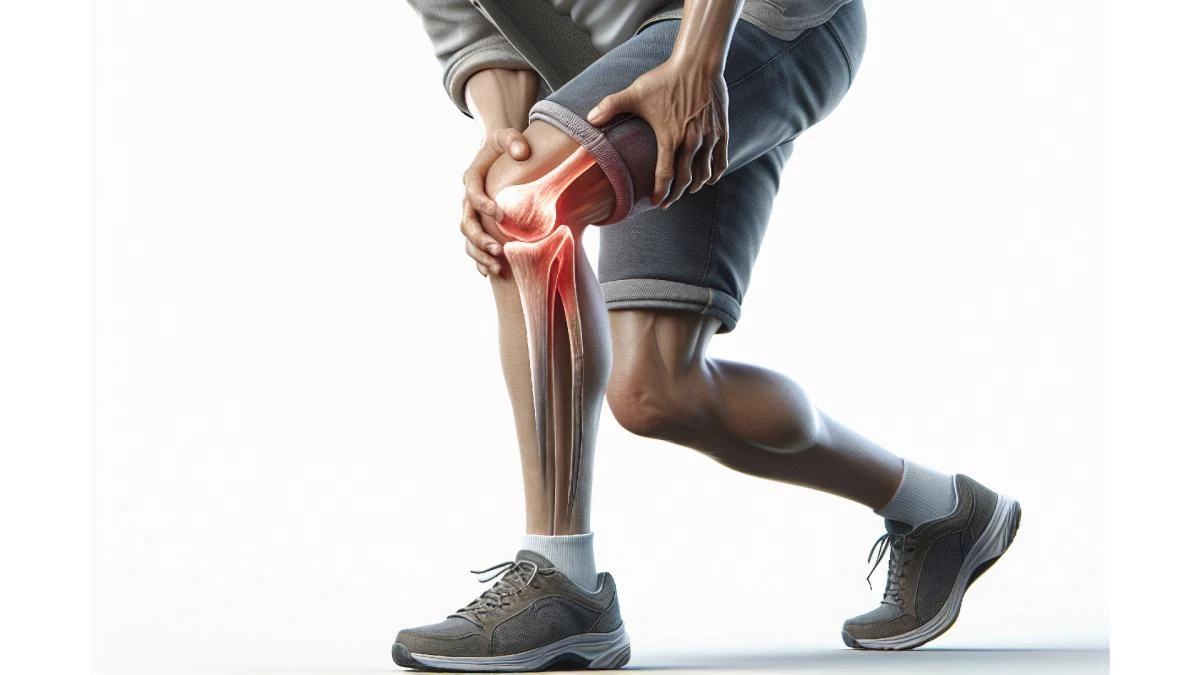
แผลเล็ก เสียเลือดน้อย
ไม่ต้องผ่าตัดแบบเปิดใช้เข็มขนาดเล็ก 1 มิลลิเมตร เจาะเข้าสู่บริเวณที่มีปัญหาทำให้แผลมีขนาดเล็กมาก เสียเลือดน้อย
แนวทางการวินิจฉัยและการผ่าตัดเปลี่ยนข้อเข่าเทียม
เมื่อข้อเข่าเริ่มมีอาการปวดรุนแรง ควรเข้าพบแพทย์เฉพาะทาง เพื่อรับการวินิจฉัยที่แม่นยำ โดยใช้เครื่องมือทางการแพทย์ เช่น X-ray และ MRI ในการประเมินระดับความเสื่อมของข้อเข่า สภาพกระดูก และการผิดรูปของข้อ
ในกรณีที่ข้อเข่าเสื่อมรุนแรงจนไม่สามารถรักษาด้วยวิธีทั่วไปได้อีก แพทย์อาจแนะนำการ ผ่าตัดเปลี่ยนข้อเข่าเทียม (Total Knee Replacement) ซึ่งปัจจุบันสามารถทำได้อย่างแม่นยำและปลอดภัยยิ่งขึ้นด้วย เทคโนโลยีหุ่นยนต์ช่วยผ่าตัด
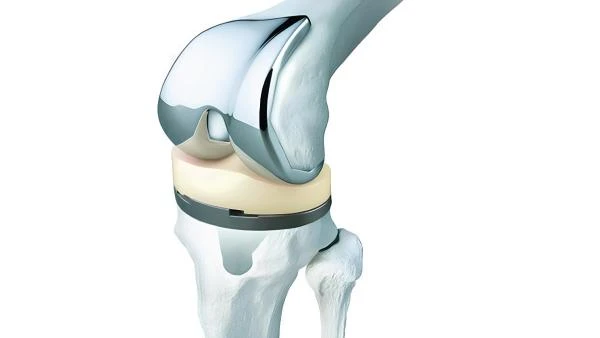
ที่โรงพยาบาลเอส โรงพยาบาลเฉพาะทางด้านกระดูกสันหลังและข้อ เราเน้นการใช้เทคโนโลยีที่ทันสมัย โดยการนำหุ่นยนต์ช่วยในการผ่าตัดเปลี่ยนข้อเข่าเทียม เพื่อเพิ่มความแม่นยำในการรักษา ทำให้การจัดวางข้อเข่าเทียมตรงกับสรีระของผู้ป่วยแต่ละราย
ด้วยเทคโนโลยีขั้นสูงนี้ ผู้ป่วยจะได้รับประสบการณ์การรักษาที่ปลอดภัย ลดความเสี่ยงภาวะแทรกซ้อน และสามารถกลับมาเดิน ใช้ชีวิตประจำวันได้อย่างมั่นคงอีกครั้ง
Read More
Related Services

No. 2102/9 Ladprao Road, Wang Thonglang Subdistrict, Wang Thonglang District, Bangkok 10310
Call : 02-034-0808Our Services
Quick Menu
Copyright © 2025 S Spine and Joint Hospital. All right reserved


